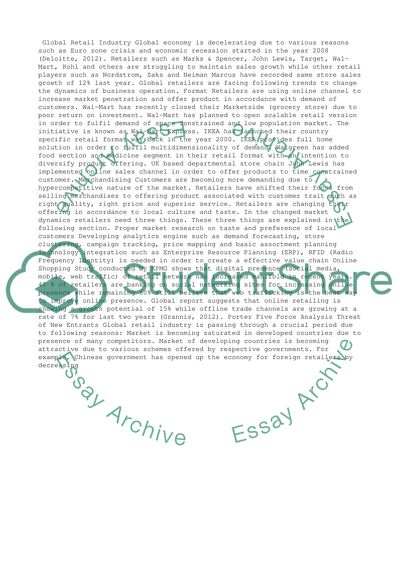Cite this document
(“Strategic management Assignment 1 Essay Example | Topics and Well Written Essays - 3000 words”, n.d.)
Retrieved from https://studentshare.org/management/1461913-strategic-management-assignment
Retrieved from https://studentshare.org/management/1461913-strategic-management-assignment
(Strategic Management Assignment 1 Essay Example | Topics and Well Written Essays - 3000 Words)
https://studentshare.org/management/1461913-strategic-management-assignment.
https://studentshare.org/management/1461913-strategic-management-assignment.
“Strategic Management Assignment 1 Essay Example | Topics and Well Written Essays - 3000 Words”, n.d. https://studentshare.org/management/1461913-strategic-management-assignment.


